Everything about Azelaic Acid
What Is Azelaic Acid, Really?
In simple terms, azelaic acid is one of those rare multitasking ingredients that manages to be effective yet safe, making it a quiet powerhouse in the skincare world. It doesn’t come with the big red warning signs that some active ingredients do—there’s no known risk of birth defects (teratogenicity) or DNA damage (mutagenicity). That’s a big win, especially for people who prefer low-risk, skin-friendly options.
So, if you’ve been hesitant to dive into actives because of sensitivity or side effects, azelaic acid might be your new go-to ingredient—gentle, reliable, and rooted in nature (with a little microbial help from your skin!).
Skin Benefits of Azelaic Acid
Azelaic acid isn’t just a one-trick ingredient—it’s more like a multitasking skin whisperer. Here’s what it brings to the table:
1. Fights Acne Without the Drama
Azelaic acid is a game-changer for acne-prone skin. It works by:
- Reducing keratin buildup, which helps prevent clogged pores (where blackheads and breakouts often begin).
- Controlling sebum production, keeping excess oil in check.
- Inhibiting acne-causing bacteria (Cutibacterium acnes), helping to calm existing breakouts.
- Soothing inflammation, so your skin doesn’t feel as angry or irritated during flare-ups.
It’s a great alternative to harsher acne treatments, especially for sensitive skin.
2. A Natural Brightener (No Harsh Bleaching Here)
One of azelaic acid’s star qualities is its ability to fade dark spots and even out skin tone—and it does this gently.
- It blocks tyrosinase, an enzyme involved in melanin production, which means less pigmentation where you don’t want it.
- It’s especially effective for conditions like melasma, PIH (post-inflammatory hyperpigmentation), and sun spots.
Think of it as a slow and steady brightener—no overnight miracles, but reliable progress.
3. Calms and Protects
Dealing with redness, rosacea, or stressed-out skin? Azelaic acid is both anti-inflammatory and antioxidant, meaning it:
- Reduces redness and sensitivity.
- Neutralizes oxidative stress from sun exposure and pollution.
It’s a great option if your skin flares up easily or you’re looking for something that strengthens and soothes over time.
4. Anti-Aging (The Bonus Perk)
While it’s not marketed as a major anti-aging hero, azelaic acid does offer subtle benefits here too:
- It helps support hydration levels in the skin.
- It encourages collagen activity, which contributes to firmer, smoother skin over time.
Great if you’re dealing with adult acne and want to sneak in some age-defense at the same time.
5. Fades Post-Acne Marks Gradually
One of the best things about azelaic acid? It doesn’t just stop at clearing breakouts—it also helps fade the leftover red and brown marks acne can leave behind.
It works gently to brighten discoloration without irritation, making it perfect for anyone who wants clearer, more even-toned skin without using aggressive treatments.
Azelaic Acid vs. Other Acids: A Gentle Heavyweight
When we think of skincare acids, glycolic, salicylic, and lactic acid often steal the spotlight—but azelaic acid is the quiet achiever that deserves just as much attention, especially if your skin leans sensitive.
Gentler Than AHAs and BHAs
While AHAs (like glycolic acid) and BHAs (like salicylic acid) are effective exfoliators, they can also be drying or irritating—particularly for those with sensitive or reactive skin.
Azelaic acid takes a gentler approach. It doesn’t rely on intense exfoliation to do its job. Instead, it works on cell turnover, bacteria control, and pigmentation reduction—without causing stinging, peeling, or redness.
Safe for Almost Everyone
Here’s where azelaic acid really shines:
- Pregnant or breastfeeding? It’s considered one of the safest actives you can use.
- Sensitive skin or rosacea? No problem—it’s often recommended by dermatologists for exactly those concerns.
- It’s even been used in pediatric dermatology, which speaks volumes about how well-tolerated it is.
Not many acids can say that!
Daily Use for Pigmentation—Not Just Peels
Glycolic and salicylic acids are often found in peels and treatments—used occasionally and with caution.
Azelaic acid, on the other hand, is commonly used as a first-line, daily therapy for melasma and hyperpigmentation. It works slowly but steadily to fade dark spots without compromising the skin barrier.
Hair & Scalp Benefits of Azelaic Acid
Azelaic acid isn’t just for your face—it can also be a valuable ally for your scalp, especially if you’re dealing with issues like hair thinning, irritation, or excess oil. Here’s how it helps:
Calms Inflammation and Fights Bacteria
A healthy scalp is the foundation for healthy hair. Azelaic acid has anti-inflammatory and antibacterial properties that help soothe an irritated scalp and reduce microbial overgrowth, which is often linked to itchiness, flaking, or clogged follicles.
May Help Slow Hair Loss
One of azelaic acid’s lesser-known powers is its ability to inhibit 5α-reductase, the enzyme that converts testosterone into DHT (dihydrotestosterone)—a hormone linked to hair follicle shrinkage and pattern hair loss. By reducing DHT at the scalp level, azelaic acid may help support fuller, healthier hair over time.
Boosts Catalase Activity
Azelaic acid has also been shown to increase the activity of catalase, an enzyme that breaks down hydrogen peroxide in the body. Why does this matter? Oxidative stress, often caused by hydrogen peroxide buildup, has been linked to both premature graying and hair weakening. Supporting catalase activity could contribute to stronger, more resilient hair.
Pairs Well with Minoxidil
When used alongside minoxidil, a popular topical treatment for hair regrowth, azelaic acid may enhance the overall results. Minoxidil improves blood flow to hair follicles, while azelaic acid clears the way and supports scalp health, creating an ideal environment for regrowth.
Possible Side Effects: What to Know Before You Start
Azelaic acid is generally well-tolerated, but like any active ingredient, it can come with a few mild and temporary side effects—especially when your skin is adjusting.
What You Might Experience
- Redness or itching
- Mild stinging or burning sensation
- Dryness or slight flaking, especially in the first few weeks
These effects are usually short-lived and tend to fade as your skin builds tolerance.
Be Sun-Smart
While azelaic acid isn’t as photosensitizing as some exfoliating acids, it can still make your skin a bit more UV-sensitive, especially when combined with other actives.
👉 Always follow up with broad-spectrum SPF during the day—no exceptions!
Patch Test First
If you have sensitive skin, rosacea, or a history of reactions to skincare, it’s wise to do a patch test before applying azelaic acid to larger areas. This helps you avoid unexpected irritation and gives your skin time to adjust.
Not Recommended For
Azelaic acid is generally safe, but there are situations where it’s best to hold off or check with a dermatologist first:
🚫 Active sunburn – Applying it over sun-damaged skin can increase irritation.
🚫 Broken or severely irritated skin – Let your skin fully heal before introducing actives.
🚫 Ongoing herpes outbreaks (e.g., cold sores) – Azelaic acid could further irritate the area.
🚫 Recent use of isotretinoin (within 6 months) – Your skin may still be too sensitive and reactive.
Ingredients to Avoid with Azelaic Acid
To avoid unwanted dryness or irritation, steer clear of pairing azelaic acid with strong or potentially irritating actives, especially if you’re just starting out:
⚠️ High concentrations of Vitamin C – May cause stinging or sensitivity when layered with azelaic acid.
⚠️ Retinol – Can be too intense when used together daily, unless your skin is well-conditioned.
⚠️ Hydroquinone – Both target pigmentation, but combining them can overburden the skin.
⚠️ Peeling agents (like AHAs, BHAs, or strong exfoliants) – Risk of over-exfoliation and barrier damage.
Ingredients That Pair Well
For a balanced routine, combine azelaic acid with supportive, skin-friendly ingredients that boost results without irritation:
💧 Niacinamide – Calms inflammation and helps regulate oil, making it a perfect partner.
💧 Hyaluronic acid – Keeps the skin hydrated and happy while azelaic acid does its work.
💧 Ceramides – Help strengthen the skin barrier and reduce potential dryness.
🌿 Gentle retinoids – Low-strength or encapsulated forms can be used carefully in rotation.
🍊 Low-irritation Vitamin C derivatives (like sodium ascorbyl phosphate) – Offer brightening benefits without clashing with azelaic acid.
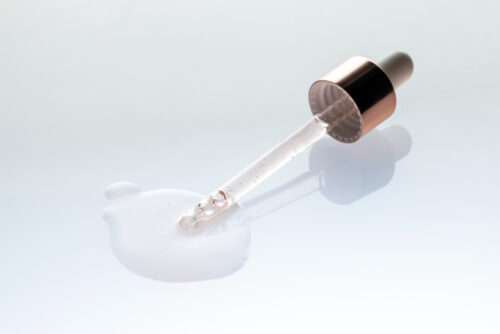
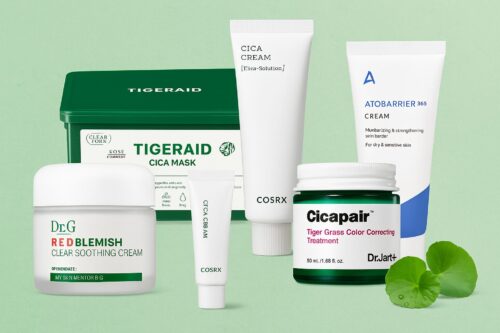
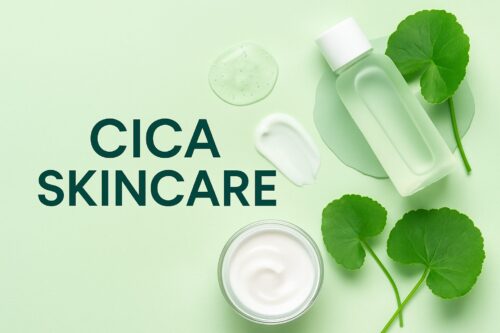
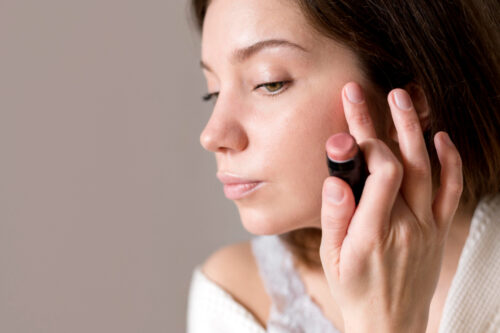
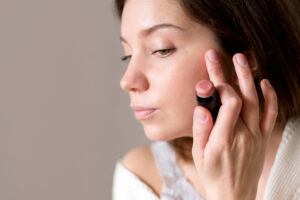

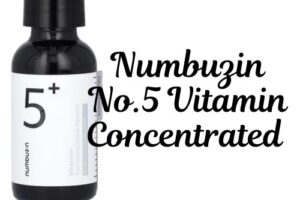
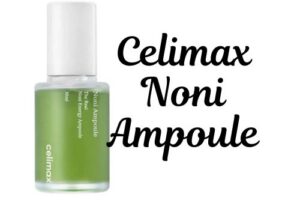
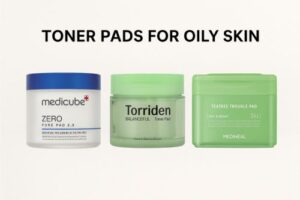
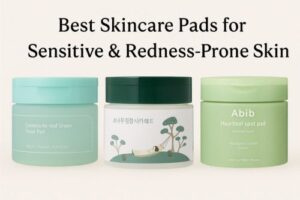
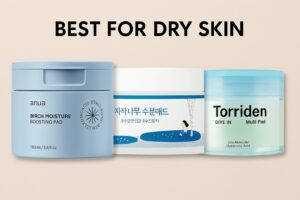
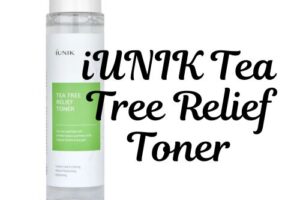
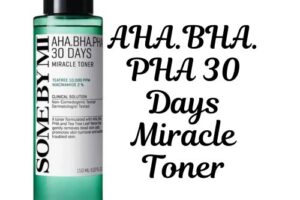
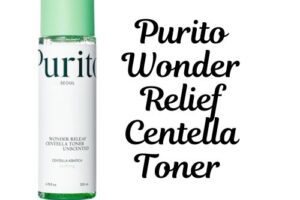
Post Comment